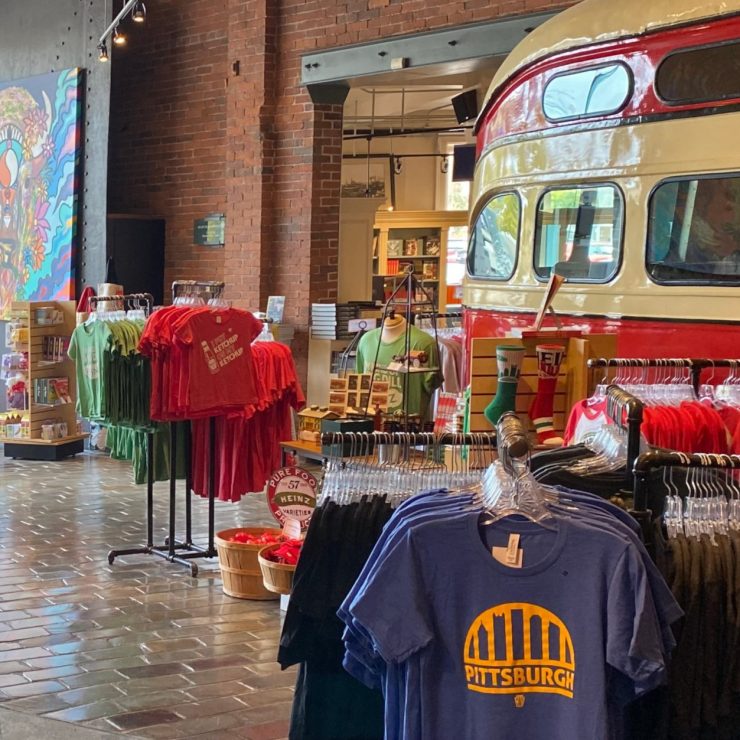Isaly’s Chipped Ham, Klondikes, and Other Tales from Behind the Counter
Isaly’s grew from horse-drawn milk wagons to become the world’s largest dairy store chain. Stores in hundreds of towns and neighborhoods popularized products like Chipped Ham, Skyscraper Cones, and the Klondike Bar. Learn the fascinating histories behind these products and more in this lavishly illustrated book.
purchase |
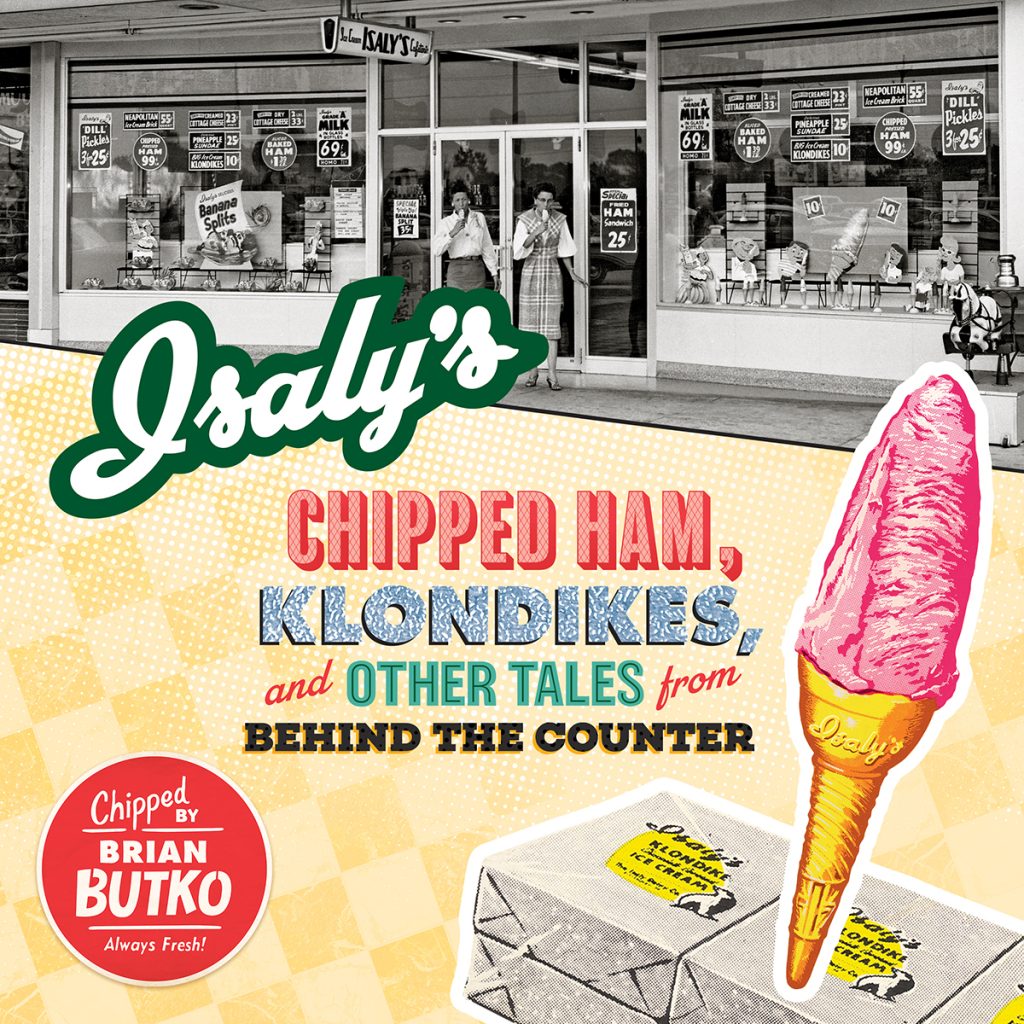 |
Highlights from the Italian American Collection: Western Pennsylvania Stories
Highlights from the Italian American Collection is a fascinating visual history presented through the Heinz History Center’s collection of artifacts, archives, and oral histories.
purchase |
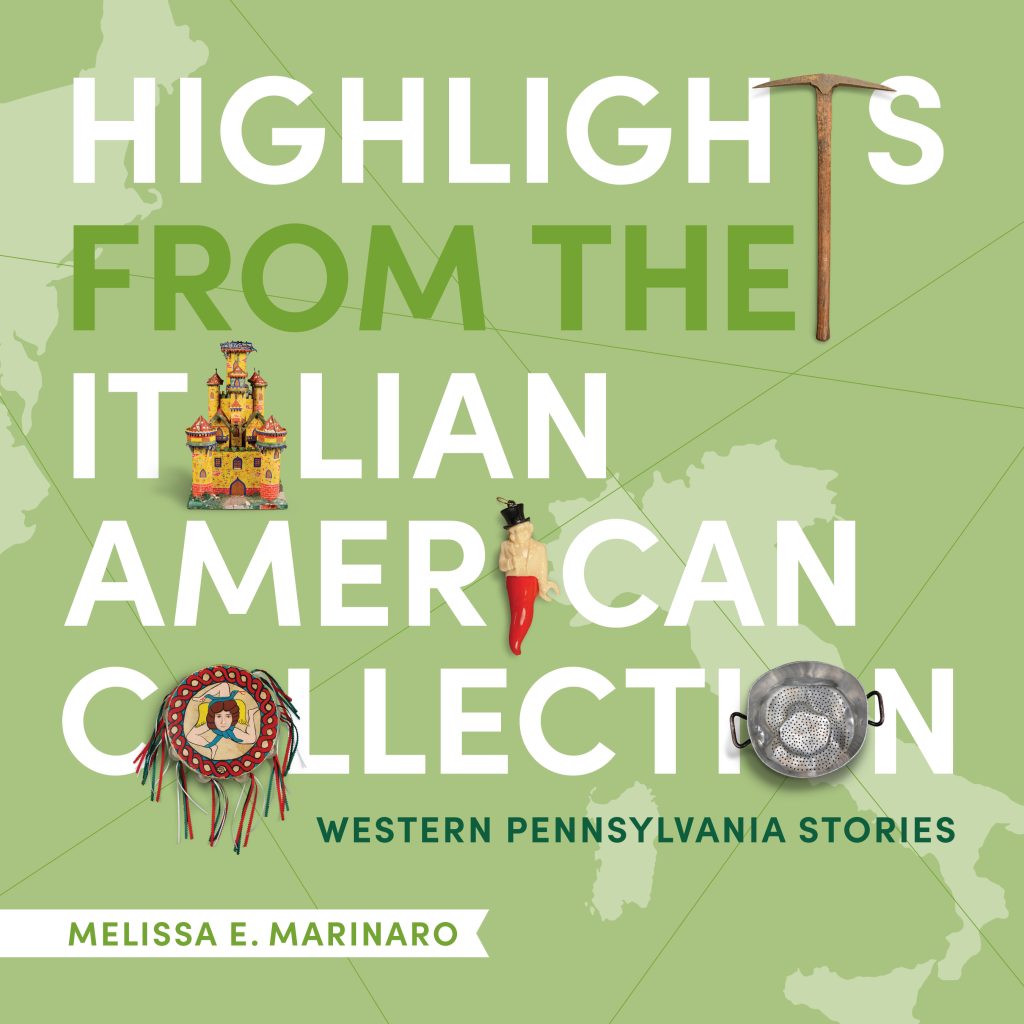 |
57 Servings from the Heinz Table
“57 Servings” is a colorful retelling of early Heinz company history — in 57 short chapters — using the History Center’s many images and artifacts, timed for the company’s 150th anniversary. The Heinz story is also a case study showing how the characteristics of an individual such as founder H.J. Heinz can shape the enduring values of a major corporation.
purchase |
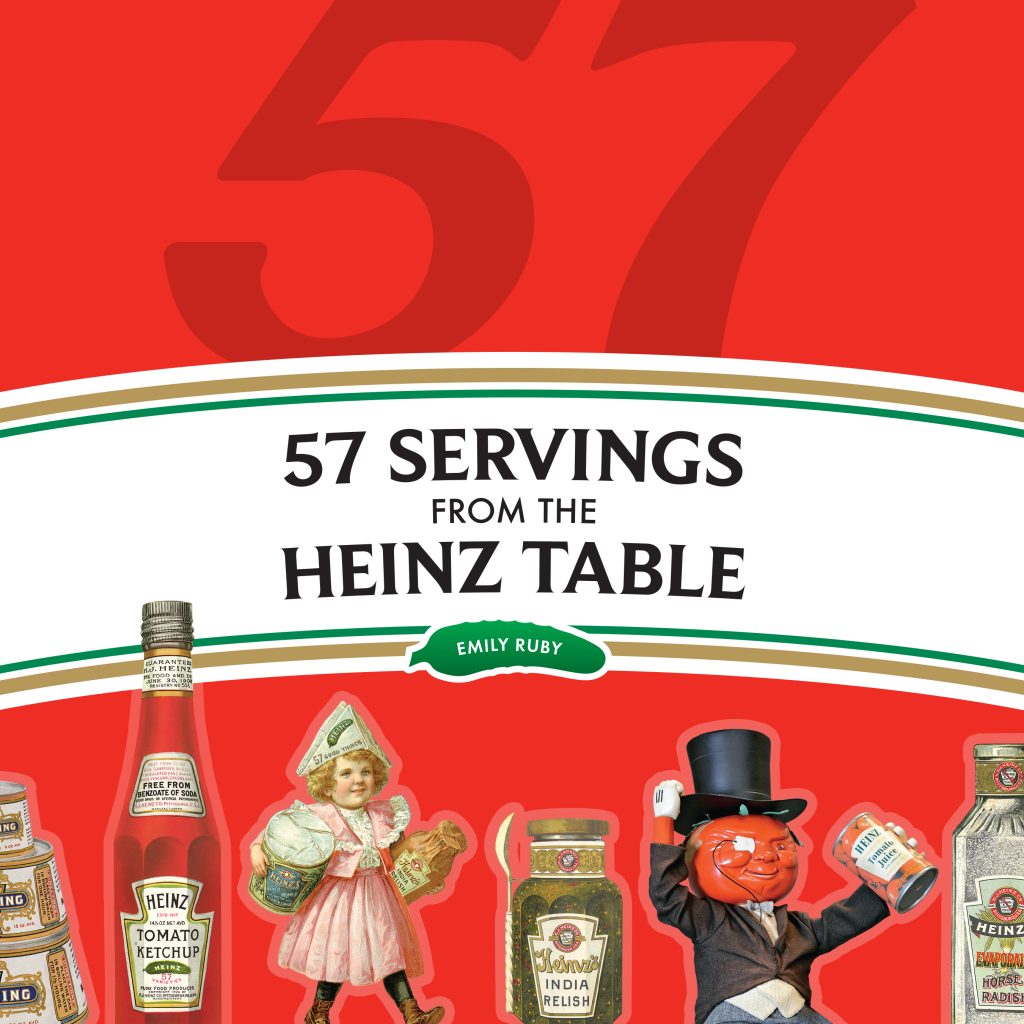 |
Launched: The Life of Olympian Herb Douglas
Pittsburgh native Herb Douglas, a University of Pittsburgh alumnus, won a bronze medal in the long jump at the 1948 Olympic Games in London. He later became one of the first African American vice presidents of a major U.S. corporation. This biography features a forward by football Hall of Famer Franco Harris, 90 photographs with extended captions, and commentary by world-class athletes mentored by Douglas such as Roger Kingdom.
purchase |
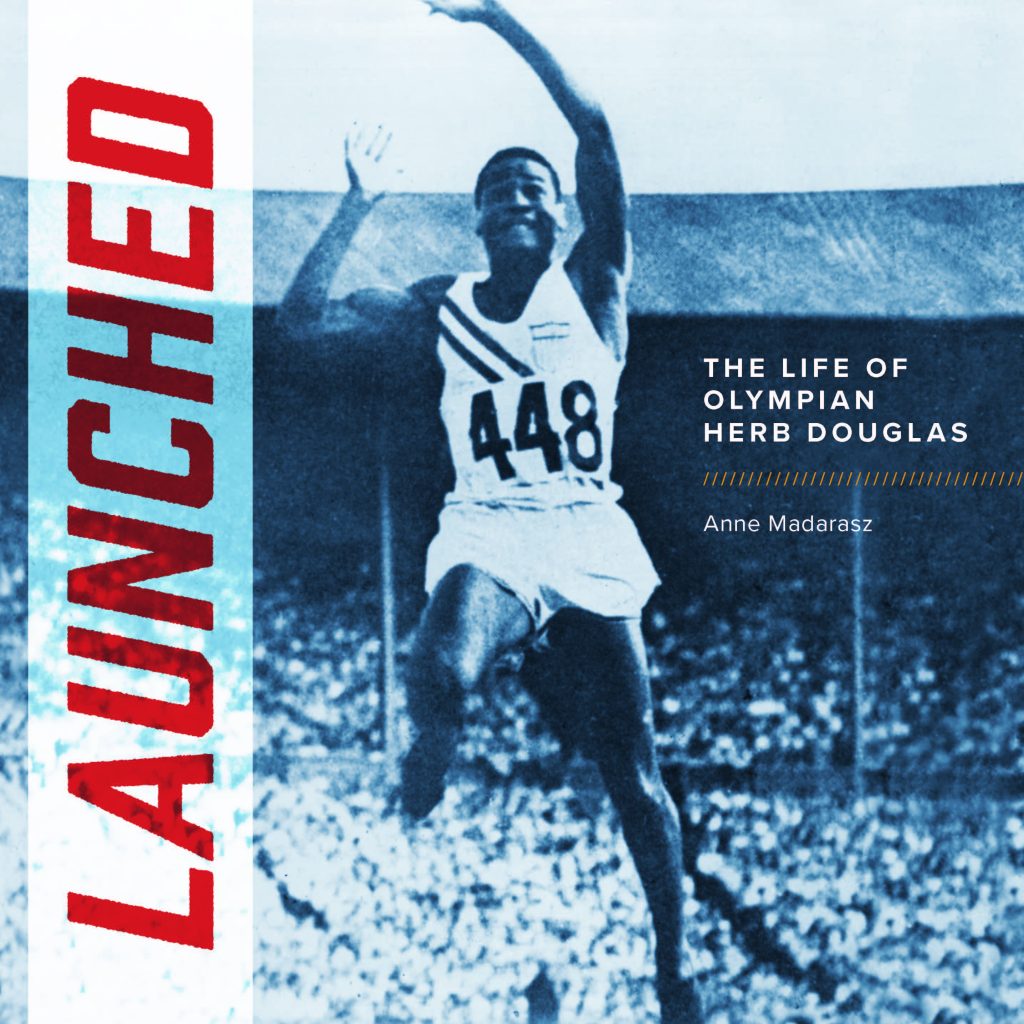 |
Luna: Pittsburgh’s Lost Kennywood
Luna follows the intriguing, intertwined stories of two very different amusement parks in suburban Pittsburgh: Kennywood in West Mifflin and Luna Park in North Oakland. Luna, for all its exotic architecture and dazzling lights, went dark after just five seasons. An escaped lion who killed a visitor is usually blamed for starting the park’s decline, but Luna was also competing with the first Nickelodeon (in downtown Pittsburgh) and nearby Forbes Field (among the first modern ballparks). All but forgotten a century later, Luna saw its legacy revived when Kennywood Park opened Lost Kennywood, an area modeled after Luna and other “world’s fair”-style parks. Kennywood and its competitor now co-exist in their own unique way.
purchase |
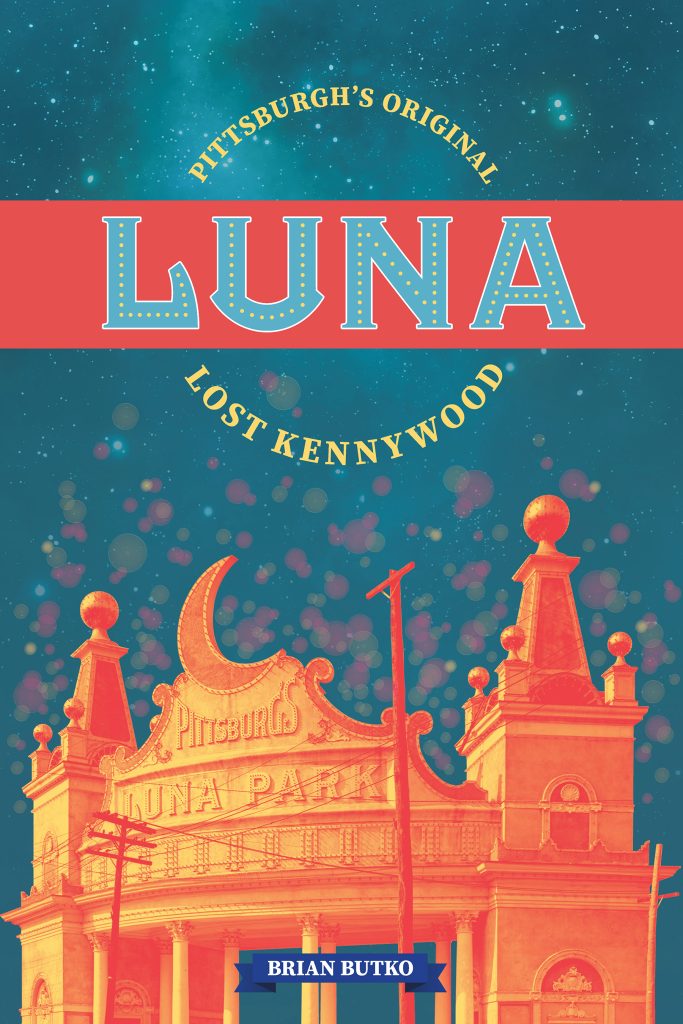 |
Kennywood: Behind the Screams
Kennywood: Behind the Screams, Pocket Edition takes long-time fans and new visitors on a walking tour through Kennywood by exploring the history at each ride and attraction. Founded in 1898, the park has layers of history that tell of changing architecture, entertainment, and regional history, all brought to life by more than 300 vintage photos — many never-before-seen and in color. This “pocket-sized” edition is the first of three books exploring Kennywood, Luna, and other regional parks; look for a coffee-table edition in 2018.
purchase |
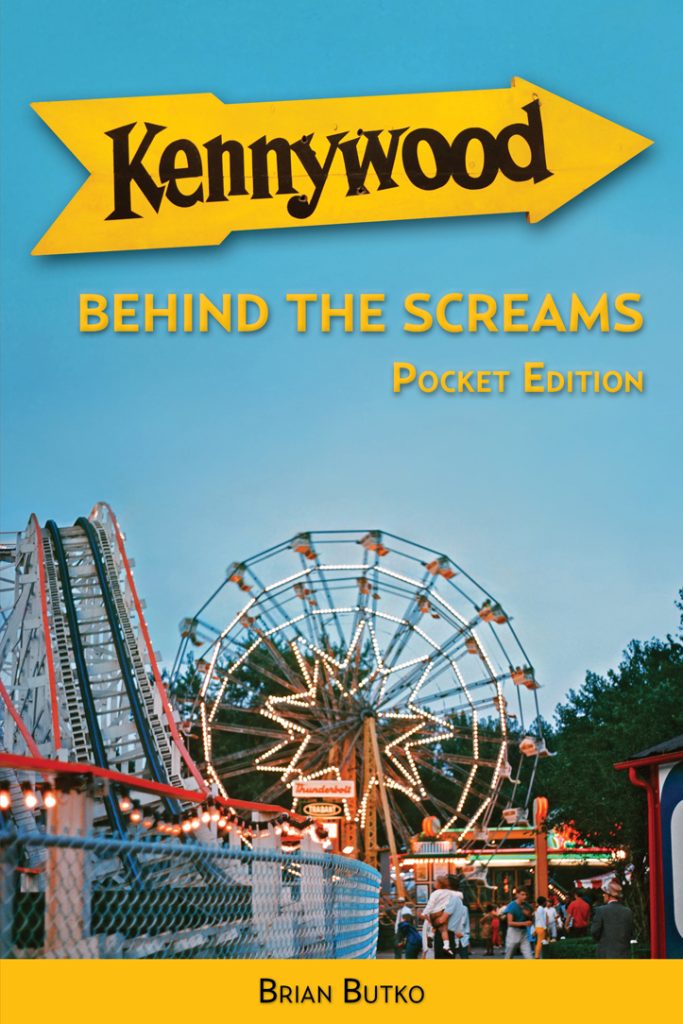 |
Pittsburghese from Ahrn to Yinz
The complete guide to Pittsburghese written by the staff of the Heinz History Center. This little book is a charming, humorous guide to a local dialect that is cherished. It’s a handy resource to speaking or interpreting the language of a Yinzer. Yinz guys need to check this aht, n’at.
purchase |
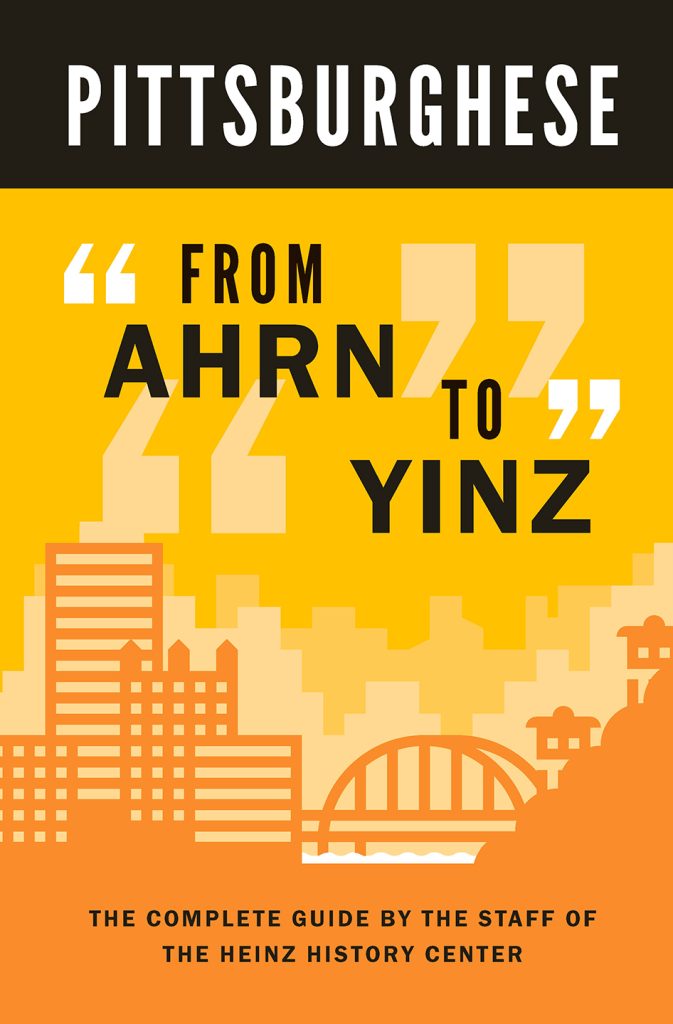 |
Civil War in Pennsylvania: A Photographic History
Pennsylvania fulfilled its role as the Keystone State when the Civil War erupted in 1861. Its large size and varied economy contributed 315,000 men and more munitions than any other state, while on the home front, women and children tended to vast farms and filled factory jobs. The Civil War in Pennsylvania: A Photographic History presents for the first time in a single volume the story of the war’s impact on the state as told through photographs. Hundreds of images from private collections offer a rare glimpse of images over the past 150 years.
purchase |
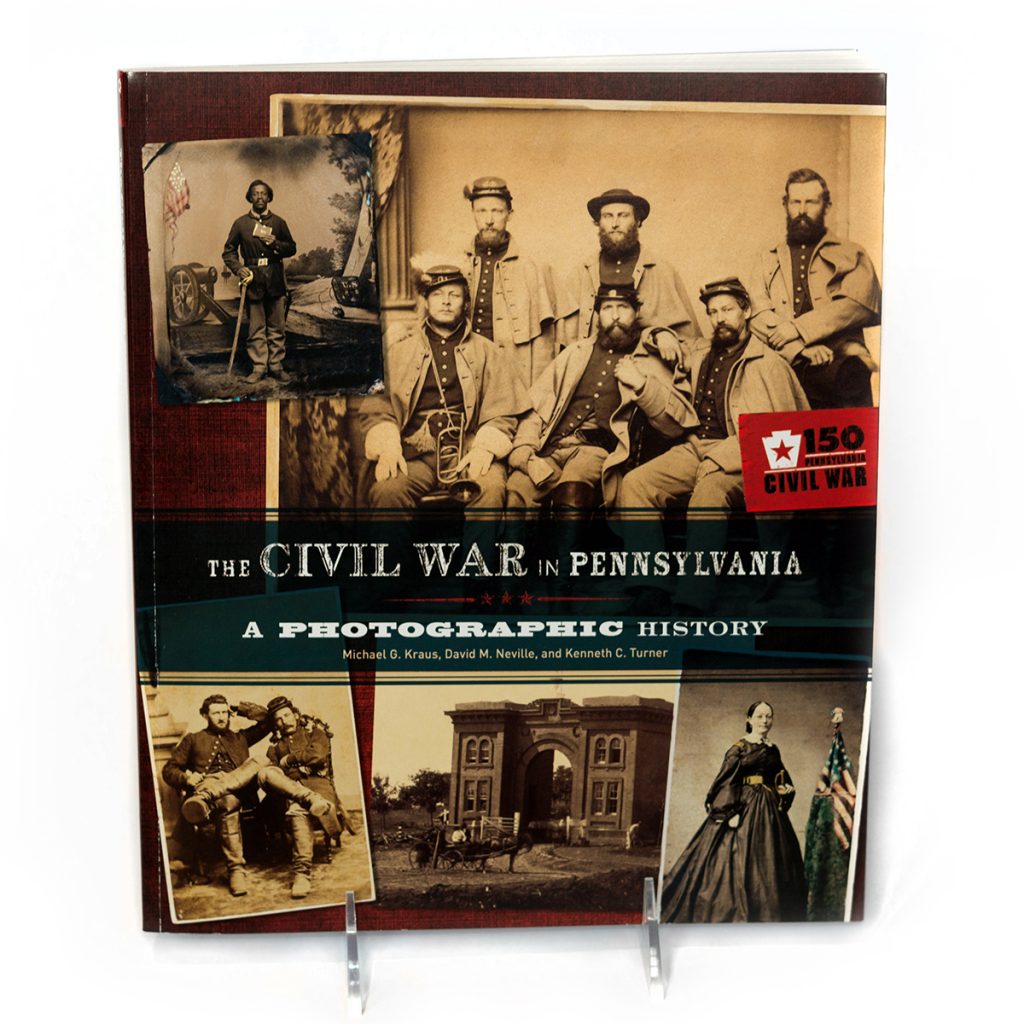 |
Civil War in Pennsylvania: The African American Experience
“The Civil War in Pennsylvania: The African American Experience” goes beyond the battlefield or usual Civil War history with eight essays covering civil rights, emigration, abolitionism, armed resistance, service in war, and more. It treats the war with circumspection from a point of view that defined the conflict as a war over slavery and the opportunity to liberate the masses of Africans from bondage. That view did not see the war as an opportunity to restore the Union but to build a new Union that included freedom for all – the enslaved and free.
purchase |
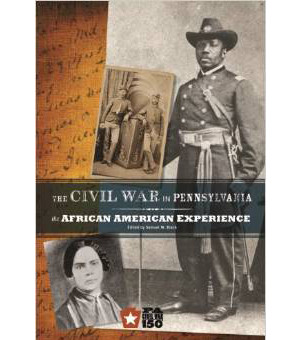 |
Clash of Empires
Clash of Empires: The British, French and Indian War 1754 – 1763, accompanies the groundbreaking History Center exhibition by the same name. Author Scott Stephenson spent more than a decade locating art, objects, and manuscripts that tell the story of this colorful and dramatic era in history, what Winston Churchill referred to as “the first world war.”
purchase |
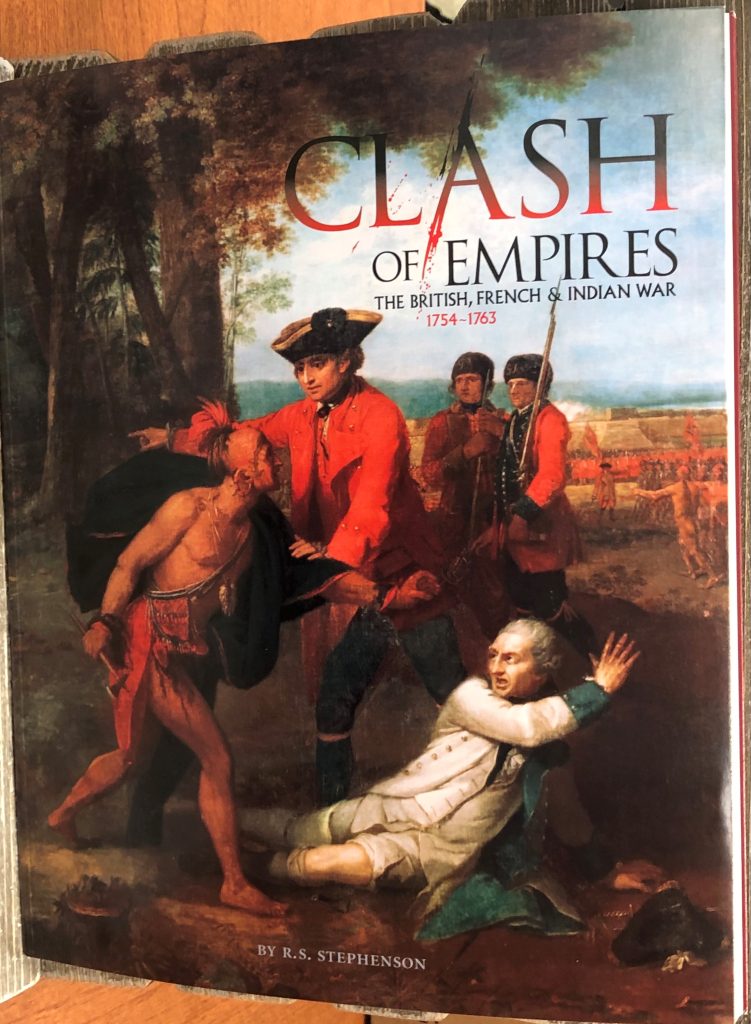 |
Soul Soldiers
Even as African American men and women headed to Vietnam to fight for their country and to show their patriotism, they faced racism in the ranks, as did their families on the home front. This stunning book, which accompanies a traveling exhibit, looks at black life through the eyes of vets during the Civil Rights era by bringing together artifacts, poetry, fiction, oral histories, art, and riveting recollections that recall the horrors of war, the complexities of race, and the duality of African American life. With a foreword by Albert French, author of Patches of Fire, this book captures the spirit of the African American Vietnam experience and highlights the literary expression of Vietnam vets.
purchase |
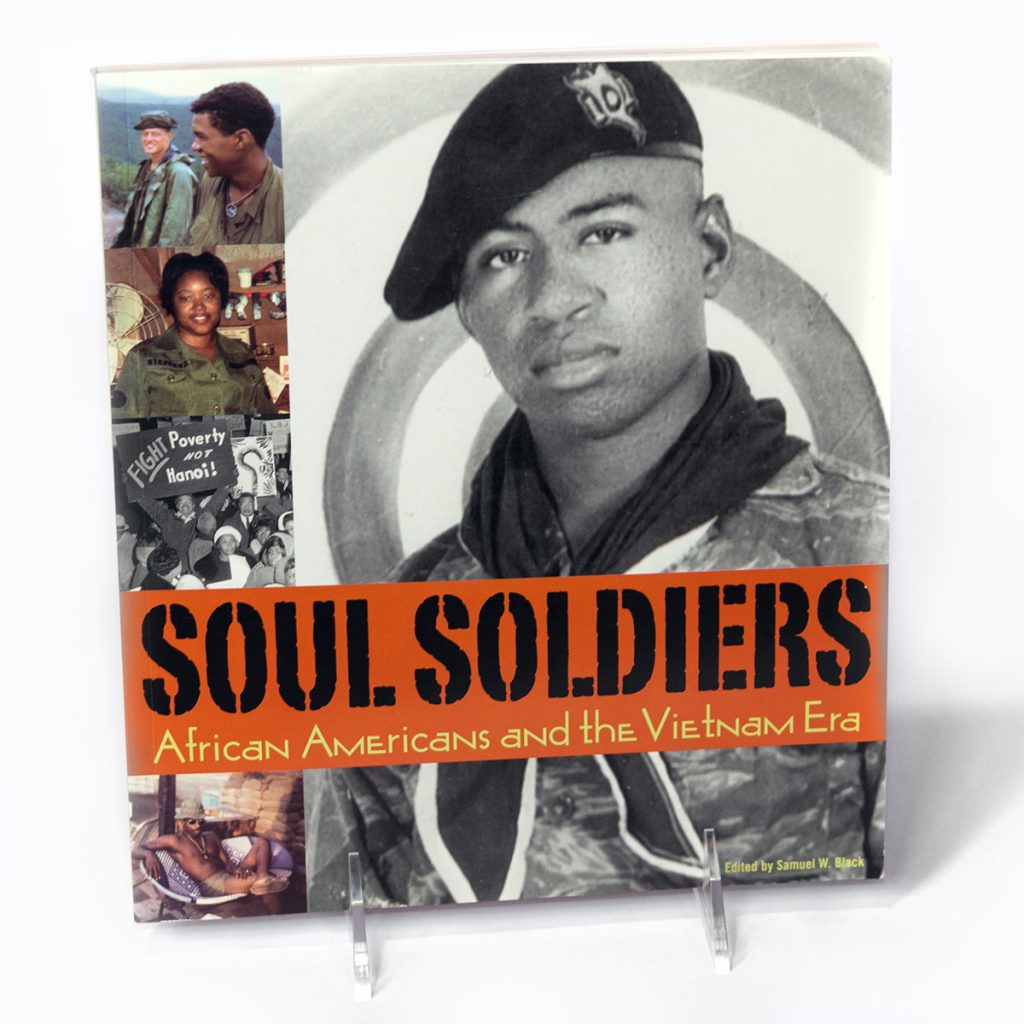 |
Pittsburgh: A Tradition of Innovation
This commemorative edition publication features the History Center’s long-term exhibition, Pittsburgh: A Tradition of Innovation. It includes a personal look at the amazing innovators who have changed our world over the past 250 years, from George Westinghouse and Andrew Carnegie to Rachel Carson and Jonas Salk. Authors include History Center curators Anne Madarasz, Lauren Uhl, Emily Ruby, Samuel Black, Nicholas Ciotola, and Rachel Colker.
purchase |
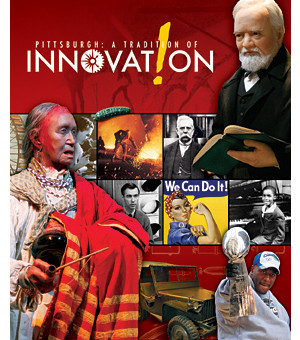 |
Maz, You’re Up!
Commemorate one of the greatest moments in baseball history with this entertaining children’s book focusing on the 1960 World Series. Kelly Mazeroski, Bill Mazeroski’s daughter-in-law, was inspired to write the book after the birth of her first son.
purchase |
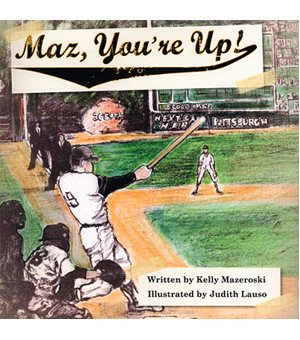 |
Planemakers of Western Pennsylvania and Environs
This informative, thoroughly researched book, provides new insights into the lives of early 19th century planemakers in Pittsburgh and the surrounding area – America’s first major inland industrial center.
purchase |
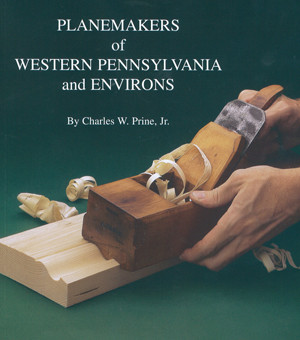 |
Glass: Shattering Notions
Before Pittsburgh was the Steel City, it was the Glass City. By 1902, the region had more than 100 glass factories. By 1920, the larger Ohio Valley was producing 80 percent of the national output.
This richly illustrated volume offers new insights into the beauty, science, utility, and technology of Western Pennsylvania’s 200-year-old glass industry. The story of glass on a local and national scale is told through numerous personal and business histories. Also featured are 33 short profiles of selected glass firms. Includes an introduction by Philip Scranton, Kranzberg Professor of History at Georgia Institute of Technology.
purchase |
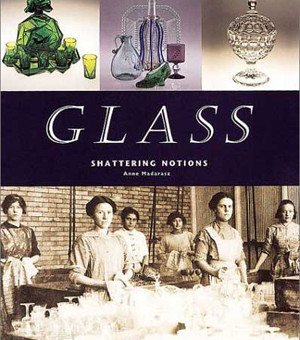 |
